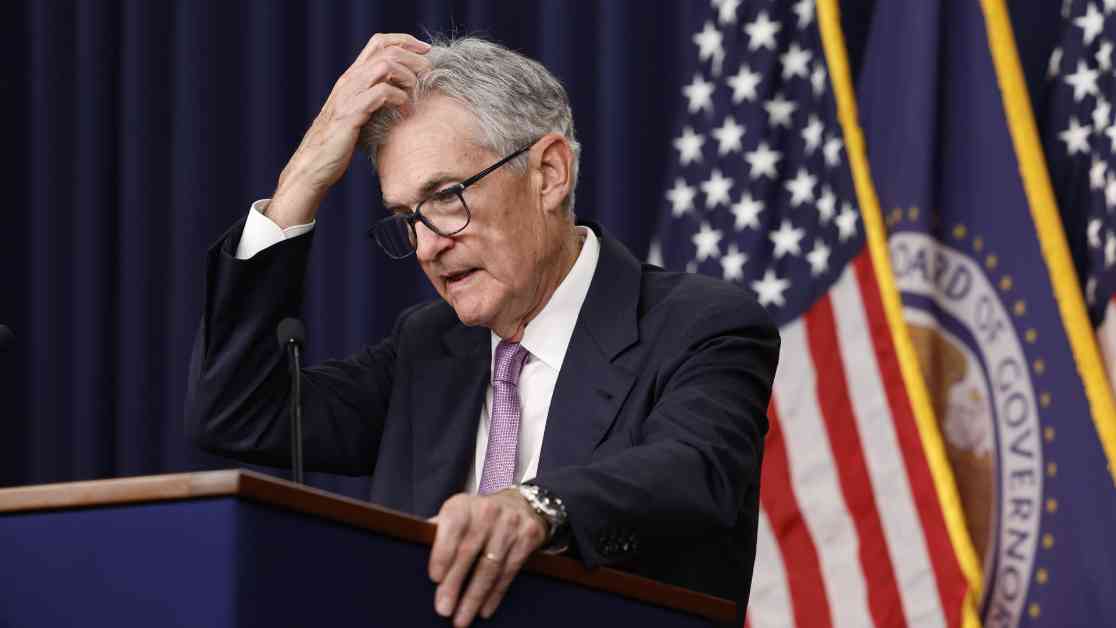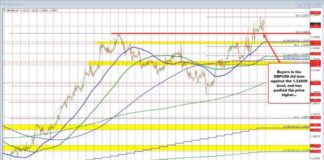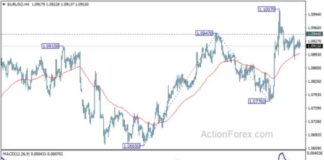The Federal Reserve Interest Rate Cut and Rising Treasury Yields: What You Need to Know
As construction work continues around the Federal Reserve building in Washington, DC, the financial world is abuzz with discussions about the recent interest rate cut by the Federal Reserve. The Fed’s decision to slash rates by a larger-than-normal half percentage point has raised questions about the future direction of interest rates and the impact on Treasury yields.
Conflicting Trends in the Market
While the Fed’s move was intended to signal a significant lowering of interest rates in the coming months, the Treasury market has reacted in a different manner. Instead of following the Fed’s lead, Treasury yields have been on the rise, particularly at the long end of the curve. The benchmark 10-year note yield has surged by approximately 17 basis points since the Federal Open Market Committee meeting in mid-September, reversing a downward trend that had been observed earlier in the month.
Market experts have attributed this divergence to various factors, including the market’s anticipation of aggressive rate cuts by the Fed prior to the actual decision. Additionally, concerns about inflation, the U.S. fiscal situation, and the potential impact of high debt and deficits on long-term borrowing costs have also influenced the movement of Treasury yields.
Implications for Investors and the Economy
The widening gap between short-term and long-term Treasury yields, known as a “bear steepener,” indicates the market’s expectation of higher inflation in the future. This sentiment is supported by the Fed’s willingness to tolerate a slightly elevated inflation rate as it focuses on supporting the labor market. The recent increase in breakeven inflation rates further underscores the market’s belief that inflation may trend higher in the coming months.
Despite the Fed’s target of a 2% inflation rate, the current economic indicators suggest a slightly higher inflationary environment. While policymakers remain vigilant about preventing runaway inflation, market participants are closely monitoring the Fed’s actions to gauge its response to changing economic conditions.
Future Outlook and Potential Risks
Looking ahead, investors are bracing for further volatility in the Treasury market as uncertainties persist. The possibility of additional rate cuts by the Fed, coupled with concerns about rising debt and deficits, has created a challenging environment for fixed income investors. While some experts anticipate another 50 basis point cut by the Fed in the near future, others warn of the risks associated with a steepening yield curve, which could signal impending recessionary pressures.
In conclusion, the Federal Reserve’s recent interest rate cut and the subsequent rise in Treasury yields have raised important questions about the future trajectory of the economy. As investors navigate these uncertain waters, staying informed and adaptable will be key to weathering potential market fluctuations.

















